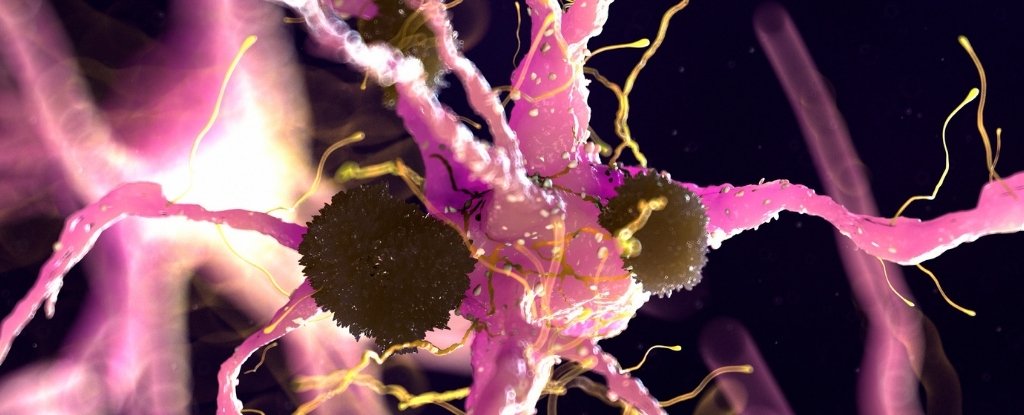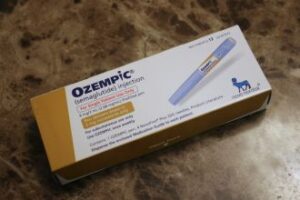
Research has identified a potential breakthrough in the treatment of Parkinson’s disease, suggesting that a drug already approved by the FDA for cancer could play a crucial role in managing this debilitating condition. Scientists have discovered that a surface protein on brain cells, known as Aplp1, is involved in the spread of toxic materials responsible for Parkinson’s, and that the cancer drug nivolumab/relatlimab can effectively block this process in animal models.
A team of international researchers, including experts from Johns Hopkins University, detailed their findings in a paper published in Nature Communications. The study highlights how Aplp1 interacts with another protein, Lag3, to facilitate the entry of harmful clumps of alpha-synuclein into brain cells. This interaction appears to be a critical factor in the progression of Parkinson’s disease, which affects more than 8.5 million people worldwide.
In comments made in June 2024, neuroscientist Xiaobo Mao emphasized the significance of understanding the relationship between Aplp1 and Lag3. “Our findings suggest that targeting this interaction with drugs could significantly slow the progression of Parkinson’s disease and other neurodegenerative diseases,” he said.
Parkinson’s disease, the second most common neurodegenerative disorder following Alzheimer’s, is progressive and currently incurable. Patients often experience a range of symptoms, including tremors, stiffness, and cognitive difficulties, which usually manifest after significant neuronal damage has occurred. The disease is primarily associated with the loss of dopamine-producing neurons in the substantia nigra, a brain region crucial for motor control.
The role of alpha-synuclein in Parkinson’s pathogenesis is complex. While it typically aids in neuronal communication, its misfolding leads to the formation of Lewy bodies, which are toxic and can spread from neuron to neuron. Previous studies indicated that Lag3 facilitates this spreading process, and deleting it reduces the progression of the disease but does not halt it entirely.
To further investigate this mechanism, researchers conducted experiments using genetically modified mice lacking either Aplp1, Lag3, or both proteins. The results showed that while either protein could promote the absorption of harmful alpha-synuclein, the combination of both proteins significantly increased this uptake. Notably, when both proteins were absent, there was a 90 percent reduction in the harmful protein entering healthy brain cells.
In their experiments, the team administered nivolumab/relatlimab, a melanoma treatment that targets Lag3, to normal mice. The treatment not only inhibited the interaction between Aplp1 and Lag3 but also nearly completely blocked the formation of disease-causing aggregates of alpha-synuclein in neurons. Neuroscientist Ted Dawson noted that the anti-Lag3 antibody proved more effective in preventing the spread of alpha-synuclein than merely depleting Lag3 due to Aplp1‘s close association with it.
Looking ahead, the next step for researchers is to test the efficacy of the Lag3 antibody in mouse models specifically designed for Parkinson’s disease and Alzheimer’s, where similar mechanisms have been indicated. This research opens up new avenues for therapeutic interventions and underscores the importance of repurposing existing drugs to combat neurodegenerative diseases.
As the scientific community continues to explore these findings, the potential for an existing FDA-approved treatment to address Parkinson’s offers hope for millions affected by this chronic condition.







